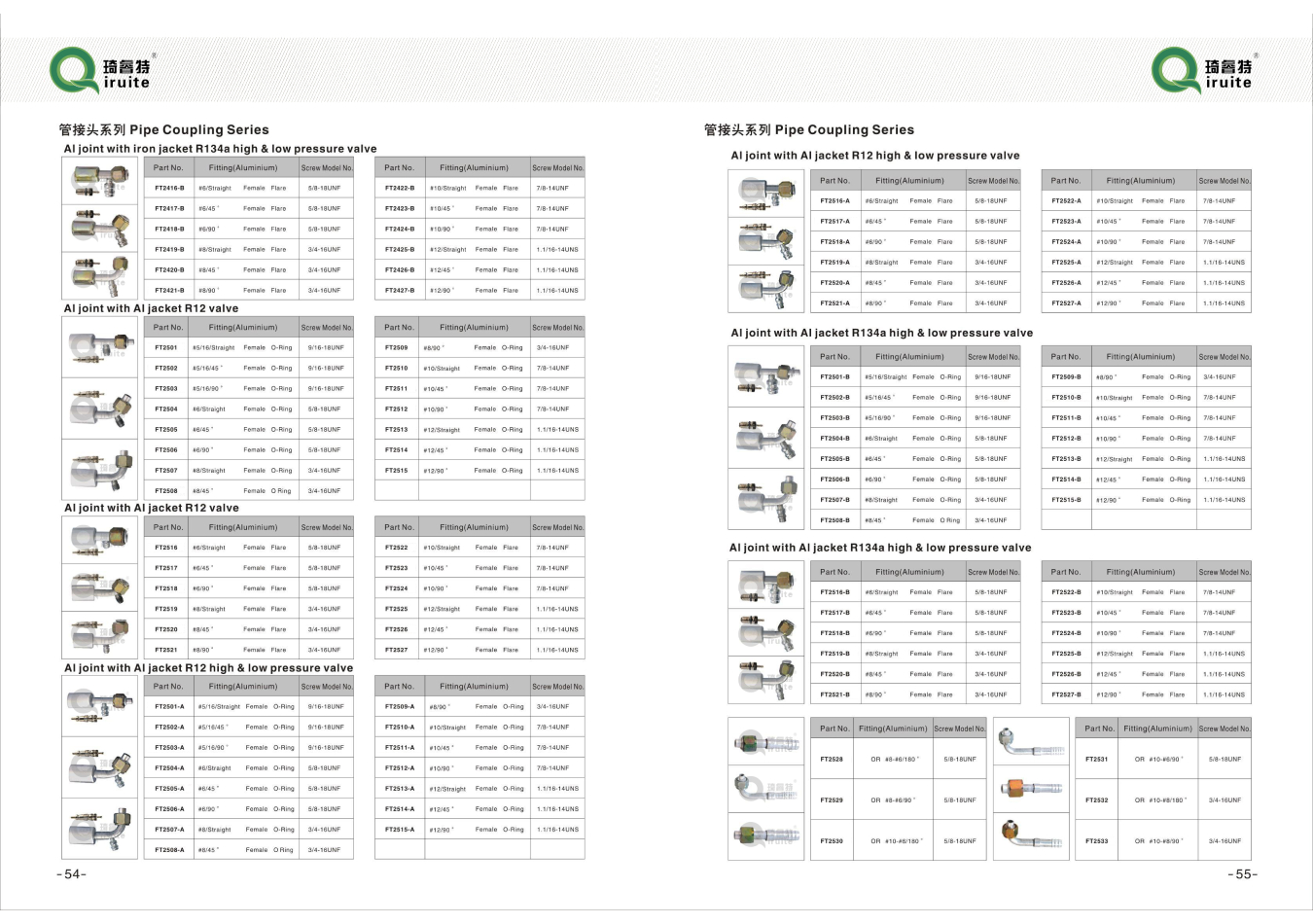Female Male Hose Connector - Reliable and Versatile Solutions for Your Plumbing Needs
Understanding Female and Male Hose Connectors A Guide for All Users
When it comes to managing fluid transfer in gardens, workshops, and various industrial environments, hose connectors play a crucial role. Among these connectors, the terms female and male are fundamental. Understanding the difference between these types can help you make informed decisions about your equipment and ensure optimal performance in your projects.
What are Hose Connectors?
Hose connectors are fittings that allow different hoses to join together or connect to other equipment such as taps, nozzles, or pumps. They come in various shapes and sizes, but the female and male classifications primarily refer to the design of the connectors.
Female Hose Connectors
A female hose connector is designed with an internal threading that allows it to enclose or receive the male connector. Think of it like a socket that accepts a plug. These connectors are very common in garden hoses, where the female end connects to the water supply or a nozzle. One of the advantages of female connectors is that they typically provide a snug fit, which helps to prevent leaks when secured properly.
Male Hose Connectors
In contrast, male hose connectors feature external threading, allowing them to fit into the female counterpart. This design resembles a plug that can easily be inserted into a socket. Male connectors are often used at the ends of hoses, allowing users to connect to female connectors on taps, hose reels, or other hoses. The versatility of male connectors makes them essential for creating a variety of connections in different configurations.
female male hose connector

Why Choose the Right Connector?
The choice between female and male hose connectors is not just about preference. Selecting the correct type is crucial for several reasons
1. Compatibility To ensure a proper fit, it’s essential to match female connectors with their corresponding male counterparts. Using incompatible connectors can lead to leaks, loss of pressure, or even damage to the hose or equipment.
2. Durability High-quality connectors made from materials such as brass, plastic, or stainless steel provide longevity. Ensuring you have the right type can help prevent wear and tear, especially in environments with heavy use.
3. Ease of Use Having the appropriate connector can simplify the process of connecting hoses. Male connectors make it easy to quickly attach hoses to water sources, while female connectors can offer a stable connection point.
Conclusion
Understanding the difference between female and male hose connectors is essential for anyone involved in gardening, construction, or any fluid transfer task. By selecting the appropriate connector type and ensuring compatibility, users can enjoy efficient operations free from leaks and damages. Investing time in learning about these connectors can lead to smoother workflows, preserving both time and resources in the long run. Whether you're watering your garden, filling a pool, or managing industrial pipes, the right hose connectors can make all the difference.
-
Reliable Brake Line Solutions for Your VehicleNewsJun.05,2025
-
Quick Fix for Leaky Air Conditioning HosesNewsJun.05,2025
-
Powerful Sewer Jetting Solutions for Tough ClogsNewsJun.05,2025
-
Power Steering Hose Problems SolvedNewsJun.05,2025
-
Hose Protectors That Actually WorkNewsJun.05,2025
-
Essential Hose Connectors for Every HomeNewsJun.05,2025

